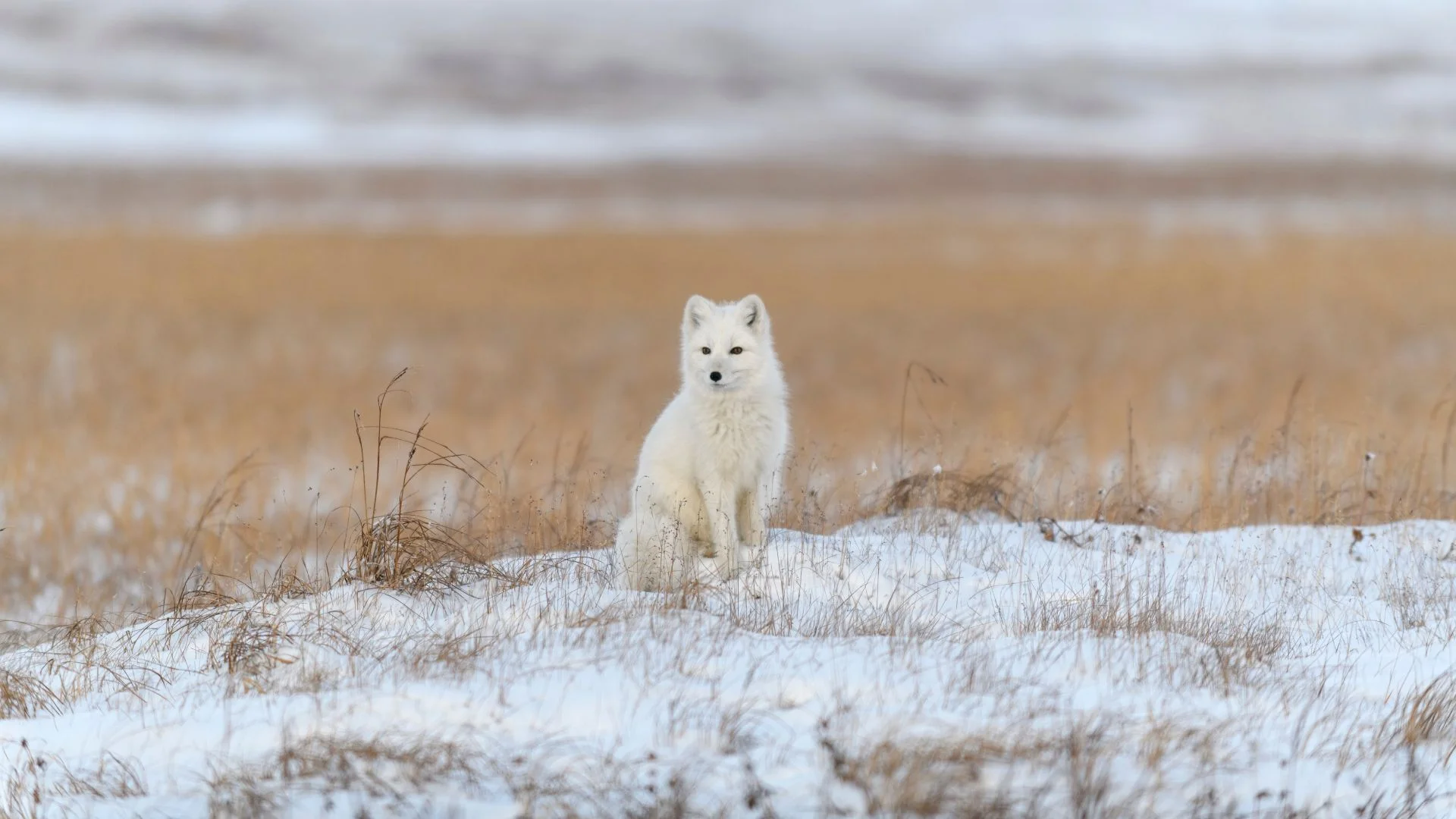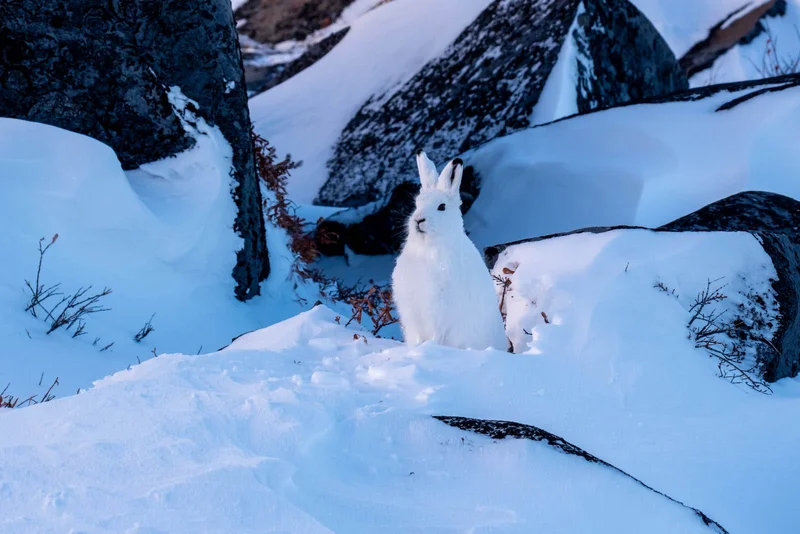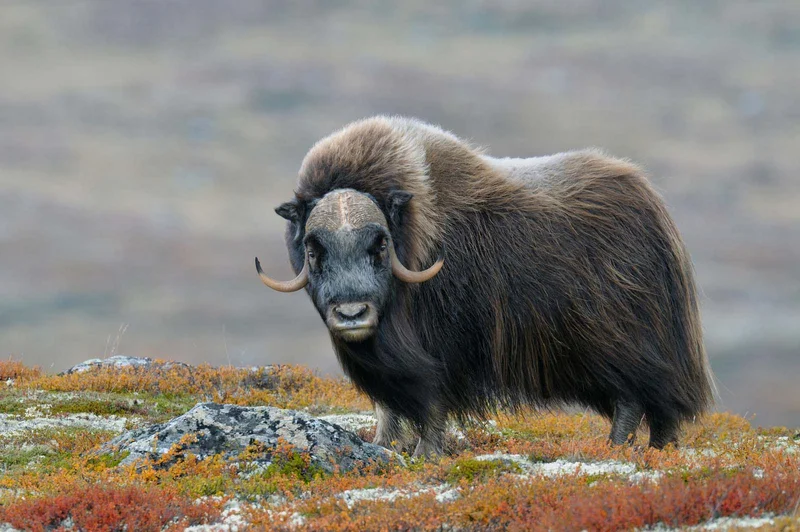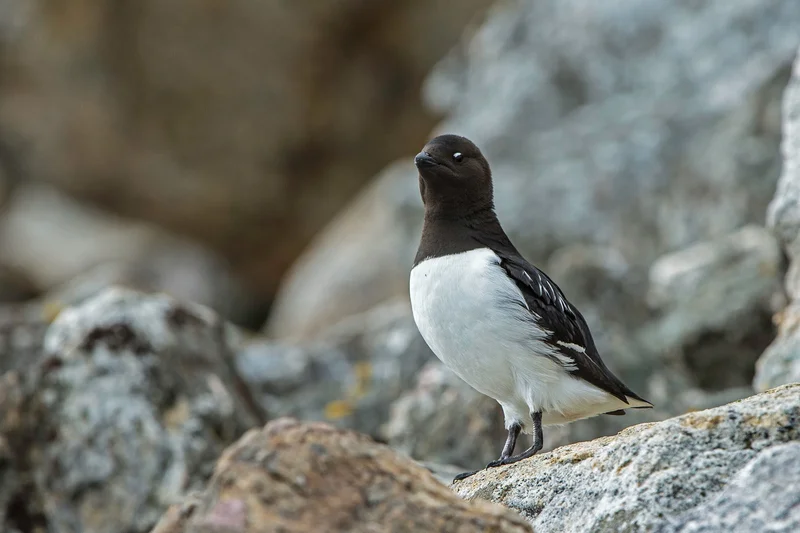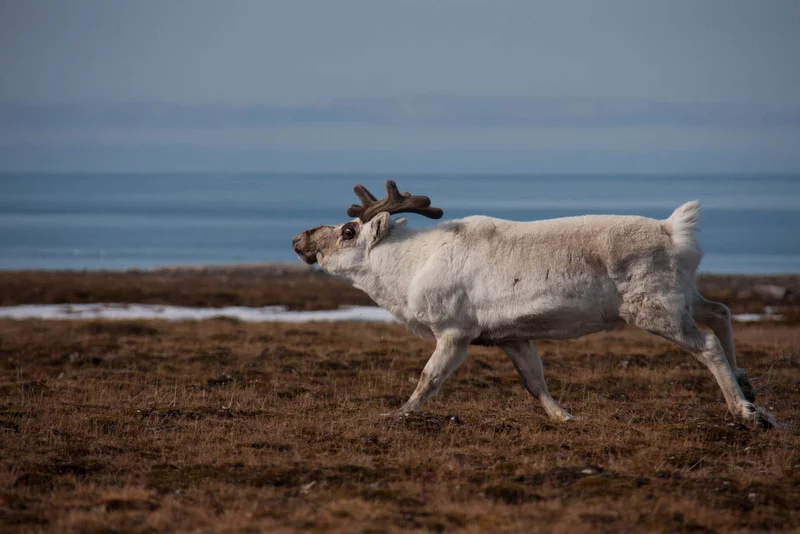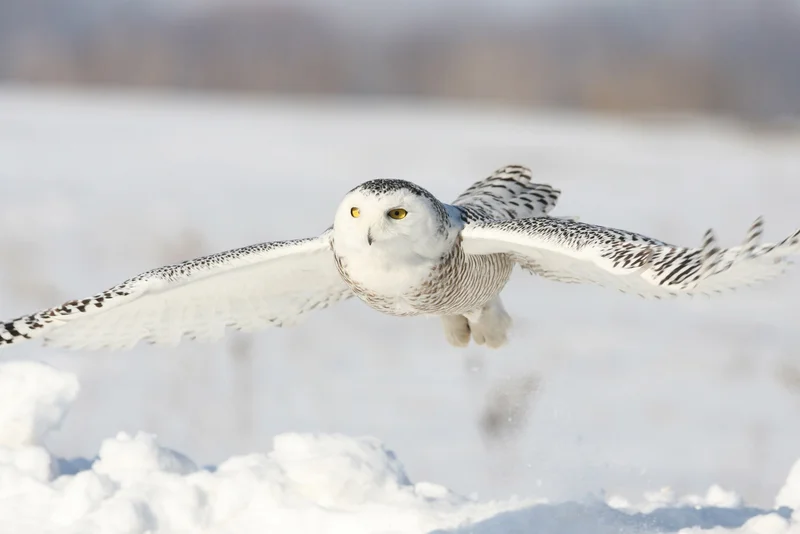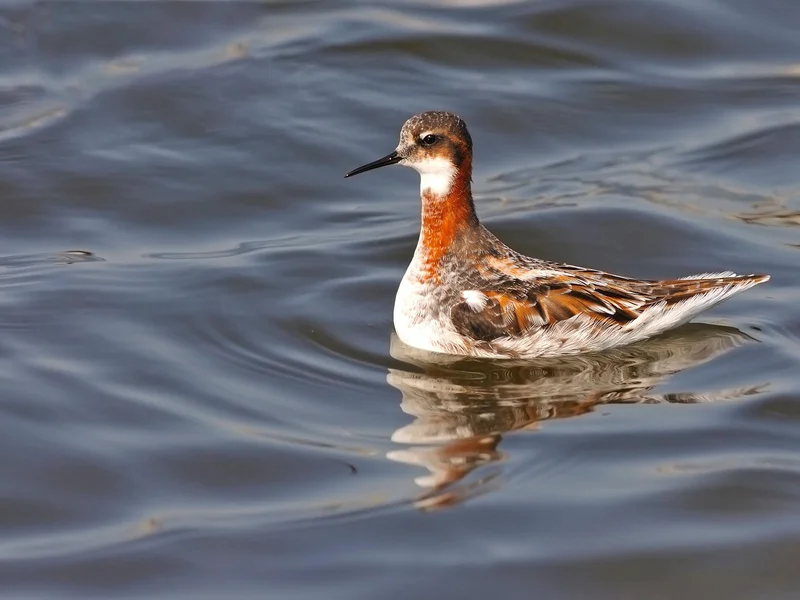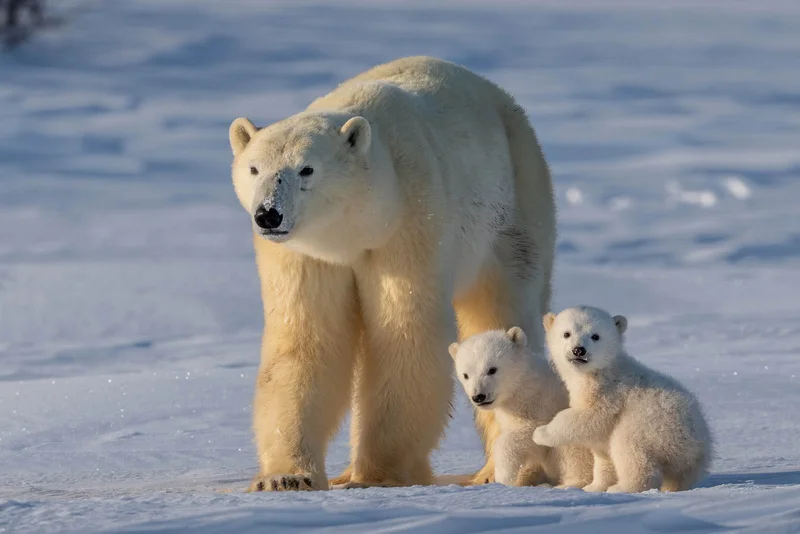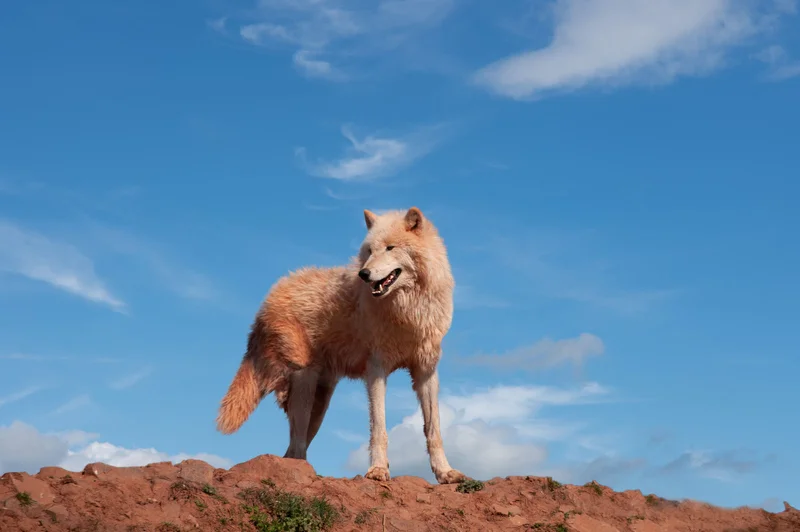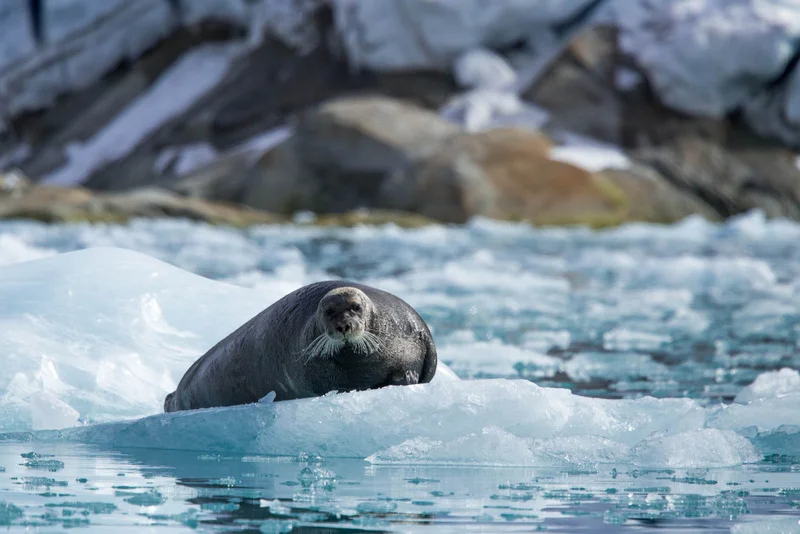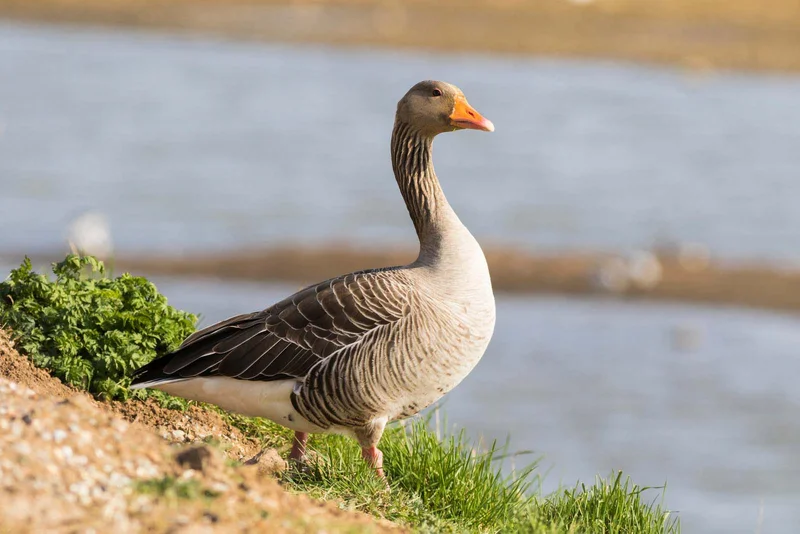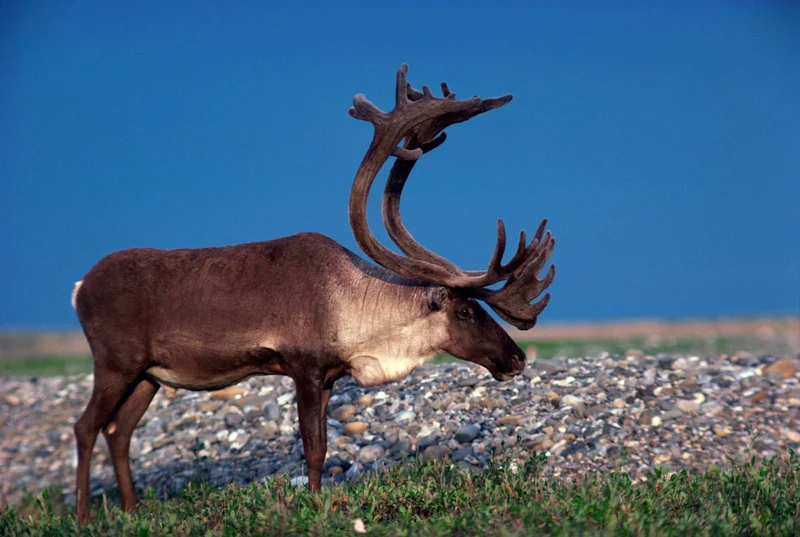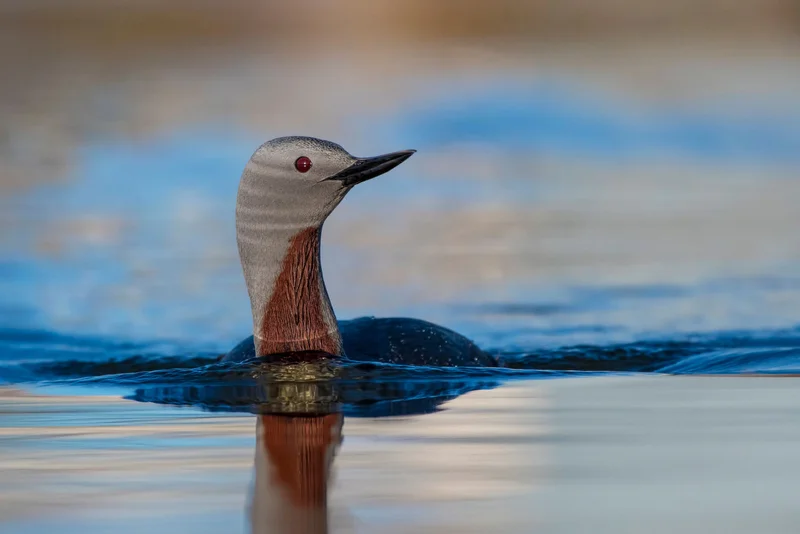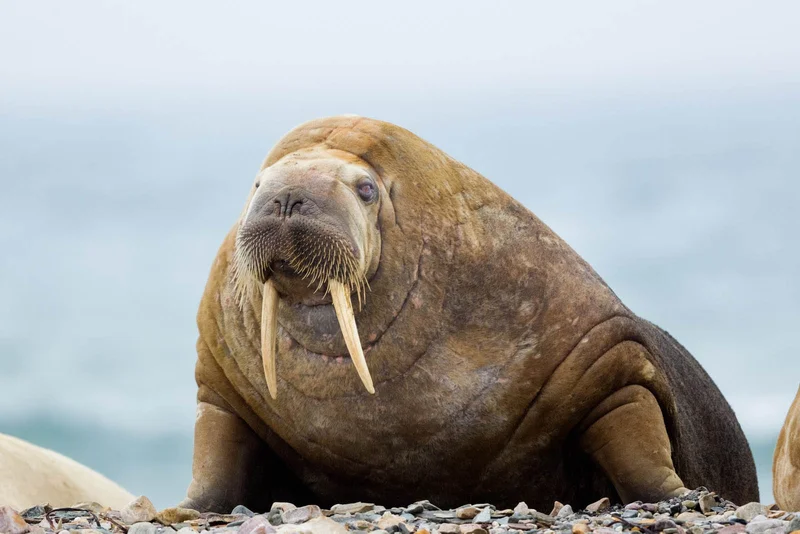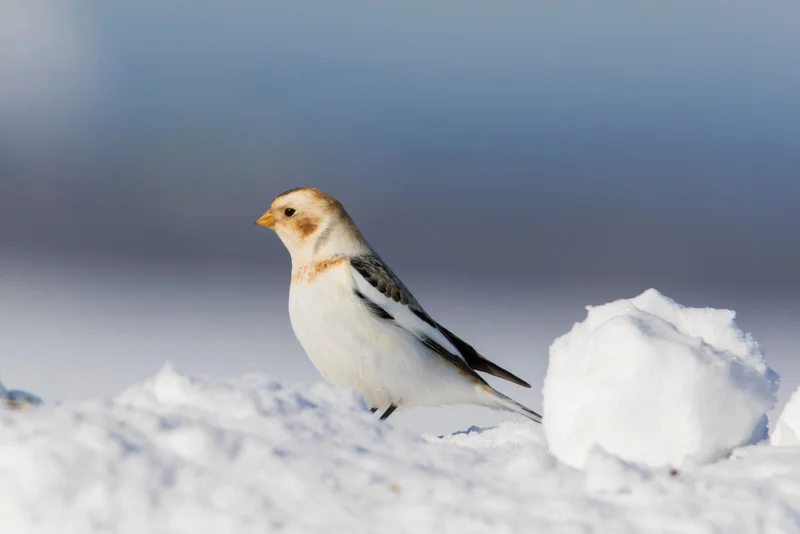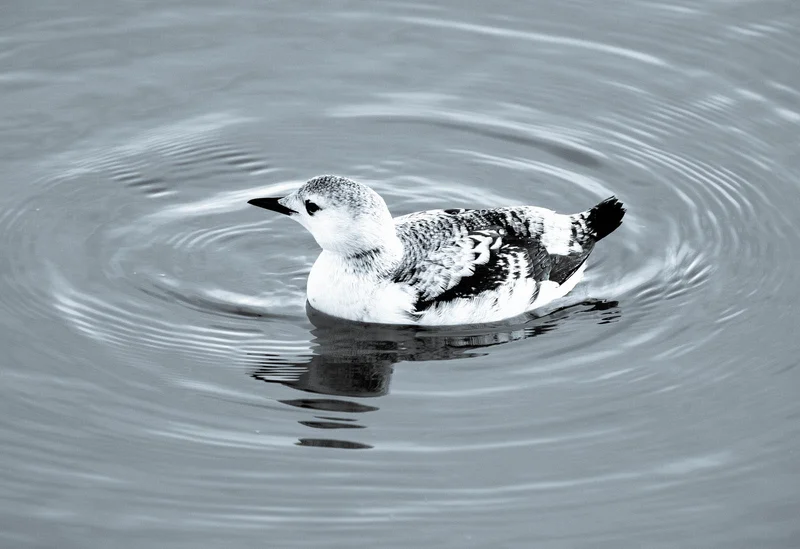Essential Arctic Fox Information
The Arctic fox, also known as the polar or snow fox, is one of the most iconic Arctic mammals. Renowned for its ability to survive in extreme cold, this species has evolved remarkable adaptations to its environment. Its thick coat, which provides the best insulation of any mammal, allows it to thrive in frigid conditions.
Adaptations for Survival
The Arctic fox’s unique coat is not just thick but also covers its feet, preventing heat loss from its paw pads—something not found in other members of the dog family. Its compact body shape further reduces heat loss, making it well-suited to life in freezing temperatures.
Beyond its coat, the Arctic fox has an incredible sense of smell and sharp hearing, enabling it to detect prey, like lemmings, even under deep snow. They also have the ability to locate carcasses from miles away. When food is plentiful, Arctic foxes store excess food in caches, remembering these locations for months, ensuring they have resources for the winter.
Seasonal Changes and Population
In spring, the Arctic fox molts its famous white winter fur, transitioning to a brown summer coat. There is also a rarer genetic variant of the Arctic fox that maintains a blue-gray or dark-brown coat year-round.
While the global population of Arctic foxes remains strong, estimated at several hundred thousand, localized populations are facing new threats. Climate change, with reduced snowfall, is diminishing their white camouflage advantage, leading to increased competition from red foxes. In parts of Scandinavia, Arctic fox populations are critically endangered, with fewer than 200 adults remaining, despite protective measures.
Fun Facts about the Arctic Fox
Arctic foxes are so well-insulated that they do not need to shiver until the temperature drops below -70°C (-94°F), showcasing their extraordinary adaptation to the cold.
